The biophilia trend has encouraged home owners to look to nature when choosing a texture to incorporate into their homes. Texture is a sensory experience, through the visual impression and how it feels. Julia Shuttleworth, owner of Shuttleworth Weaving, shares how texture can be brought into your home through different fibres.
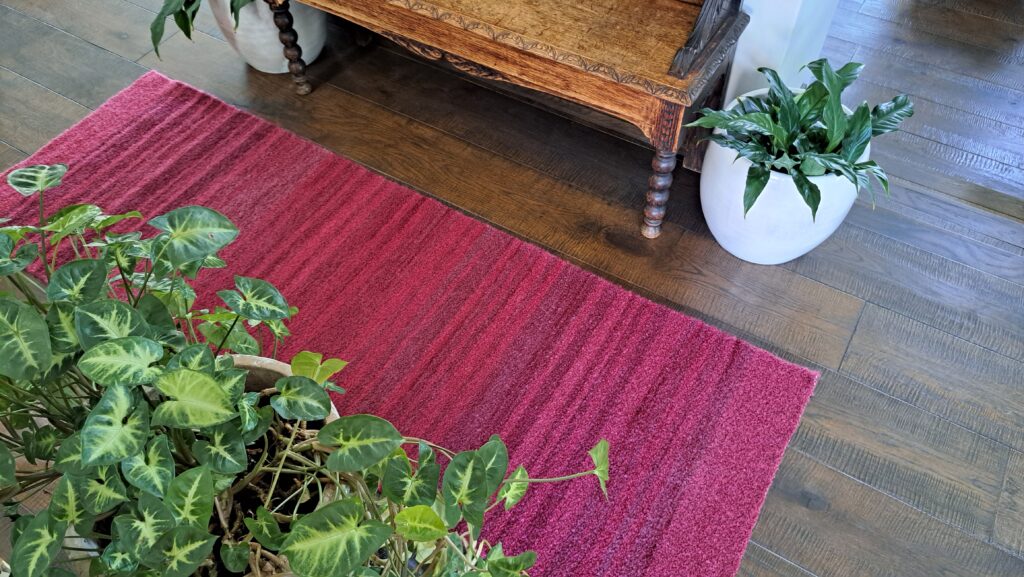
When you are considering which texture to add, think about the atmosphere and experience you are hoping to create. From there, you can choose from a range of textures and see how they interplay.
- Mohair, for example, is seen as a luxurious fibre as it is both lustrous and soft – in a rug, it can be thick and chunky or create a smooth finish.
- Hardwearing fibres such as polypropylene create a texture that makes one feel it’s durable and tough, ready for mud and play.
- Fibres such as jute and other grasses are often associated with a coastal vibe and heavier textures such as wool with a more cottagey feel.
Every element of a room can be added to or changed to include more texture. Rugs are one of the easiest ways to add texture to your floor, and a throw on a chair or lounge suite can add warmth. The outside environment is full of inspiration, especially when you look at how forms interweave and overlap, such as on forest floors, in the vines, leaves, grasses and in feathers and nests.
These textures can be mimicked in handmade furnishings using natural materials such as lampshades and baskets. You can highlight different textures by creating contrasts such as a hard wooden floor with a warming Mohair rug over it, or a fern in a pot to soften a tiled bathroom.
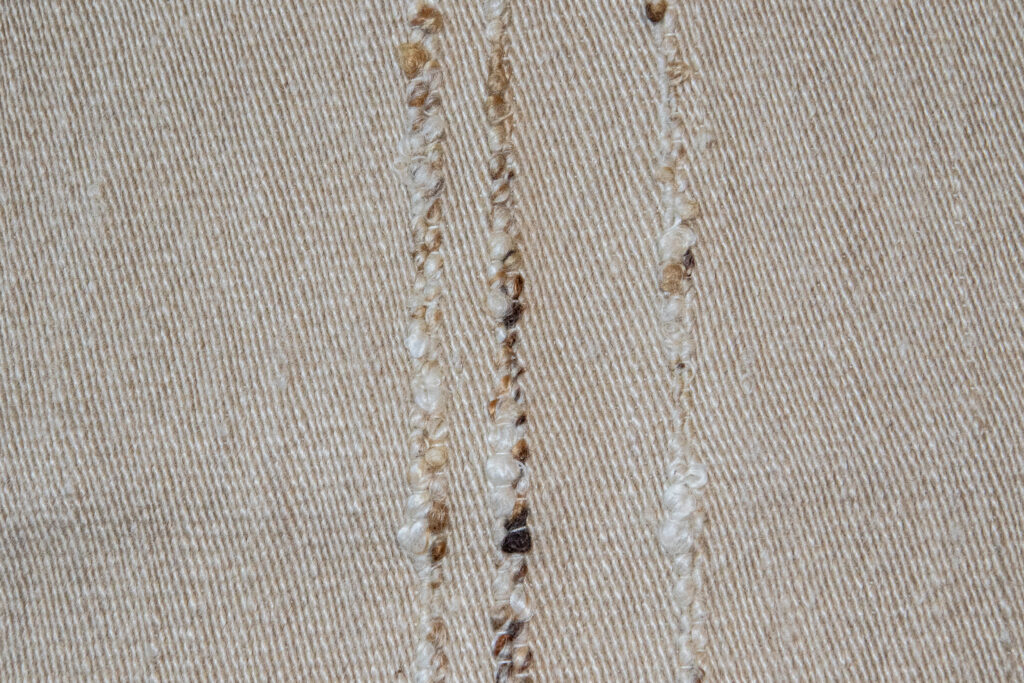
Here are the basics to follow when you are looking to create a home with texture:
Identify your base texture.
For example, what are the walls, floors and key items such as chairs? What mood are they creating and how are you looking to change that? If it’s all feeling too soft and gentle, are you looking to add something harder and bolder? If it’s feeling cold and uninviting, what accessories can be added to soften and warm it?
Consider your “invisible” texture – your lighting.
It changes how all the objects in the room appear and can flatten or highlight anything with texture.
Consider your colour scheme.
This too impacts on how texture appears. Neutral, monotone colours can disguise texture, whereas rich and bright colours and patterns can highlight them.
Look to your accent items.
If you already have all your basics, mix up your textural experience with your accessories. Throws, plants, lampshades, cushions and rugs are all things that can be added and changed to bring about a fresher look.
Visit www.shuttleworthweaving.com
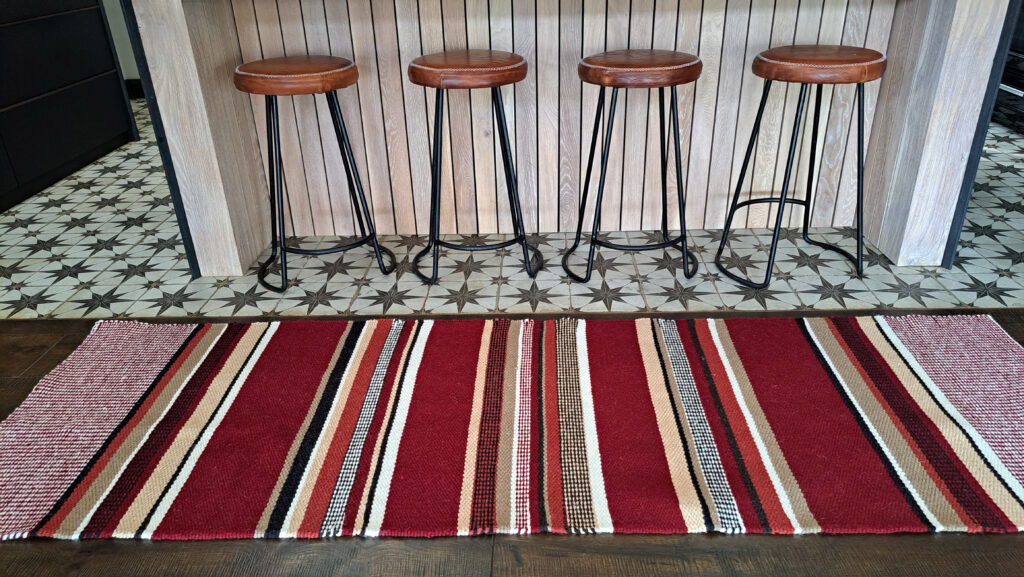




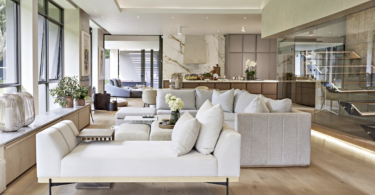
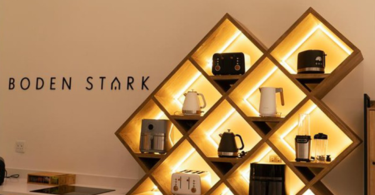

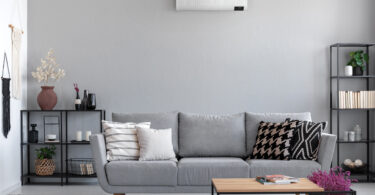

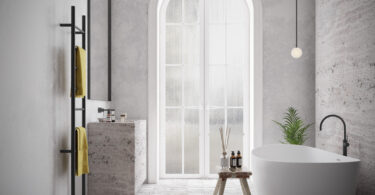
Leave a Comment